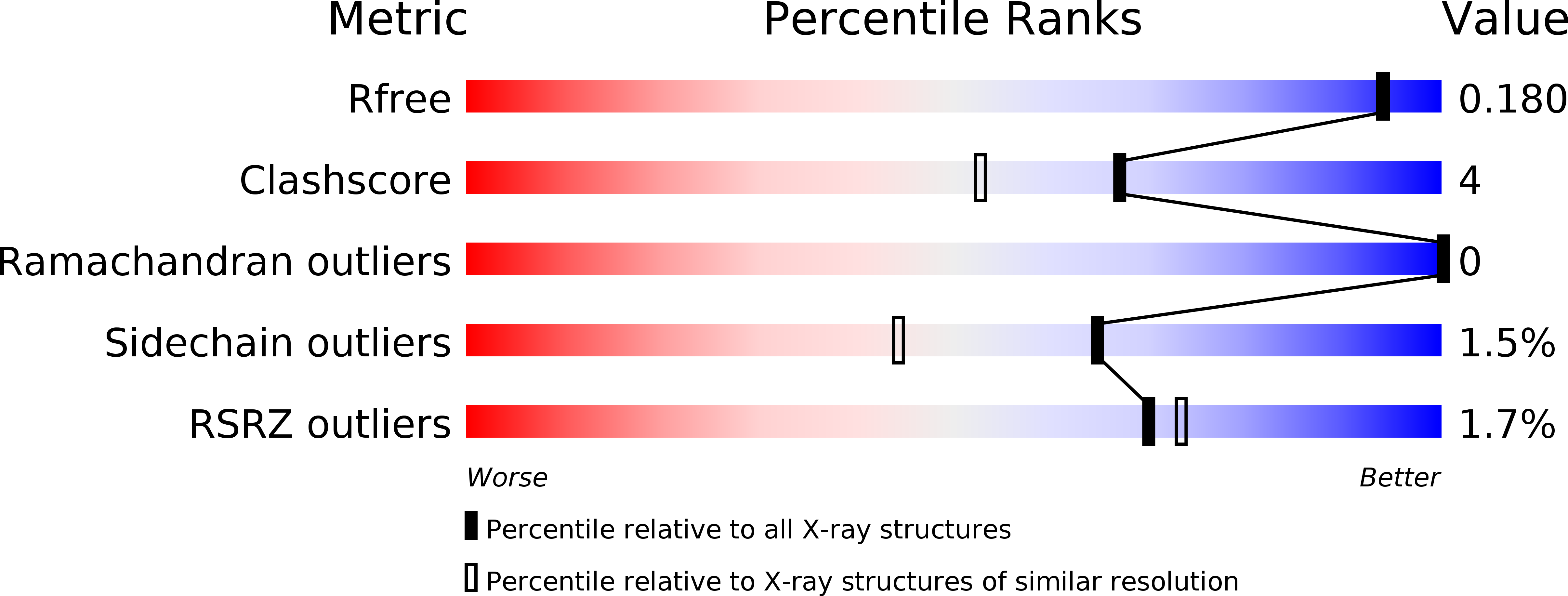
Deposition Date
2014-04-28
Release Date
2014-11-05
Last Version Date
2023-09-20
Entry Detail
PDB ID:
4Q8R
Keywords:
Title:
Crystal structure of a Phosphate Binding Protein (PBP-1) from Clostridium perfringens
Biological Source:
Source Organism:
Clostridium perfringens (Taxon ID: 1502)
Host Organism:
Method Details:
Experimental Method:
Resolution:
1.65 Å
R-Value Free:
0.17
R-Value Work:
0.13
R-Value Observed:
0.13
Space Group:
F 2 2 2


